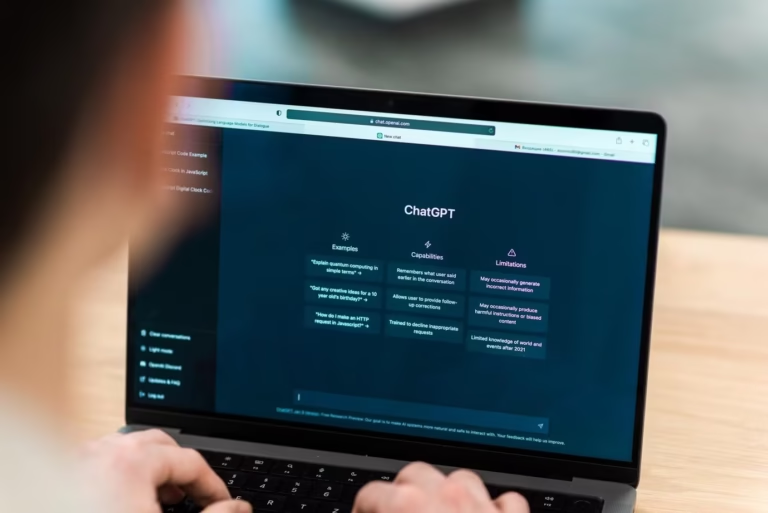How to Run Nexus CLI Nodes with Proxmox for Maximum Scalability
Running a blockchain node has become one of the most effective ways to participate in decentralized ecosystems, earn rewards, and contribute to network stability. Nexus, a next-generation blockchain protocol, offers a Command Line Interface (CLI) that allows users to set up and manage their own nodes efficiently. However, running multiple Nexus nodes on a single physical machine can be challenging without proper virtualization.
This is where Proxmox Virtual Environment (VE) comes into play. Proxmox is a powerful open-source virtualization platform that enables you to create and manage multiple virtual machines (VMs) or containers on a single server. By combining Nexus CLI nodes with Proxmox, you can maximize scalability, run multiple instances, and optimize hardware usage.
In this guide, we’ll walk through everything you need to know about running Nexus CLI nodes with Proxmox, from understanding the basics to step-by-step installation and configuration.
Why Use Proxmox for Nexus CLI Nodes?
Before diving into the setup, it’s important to understand why Proxmox is the ideal solution for running multiple Nexus nodes:
- Efficient Resource Management
Proxmox allows you to allocate CPU cores, RAM, and storage for each VM or container, ensuring that each Nexus CLI node runs smoothly without resource conflicts. - Scalability
With Proxmox, you can create multiple virtual environments on a single physical server, meaning you can run several Nexus CLI nodes simultaneously. - Isolation and Security
Each VM or container is isolated from others. If one node fails or faces an issue, the rest remain unaffected. - Web-based Management
Proxmox offers a web-based dashboard, making it easy to monitor performance, manage backups, and scale up your Nexus nodes when needed. - Cost-Effective
Instead of investing in multiple physical servers, Proxmox enables you to make the most of one server by virtualizing multiple environments.
Prerequisites for Running Nexus CLI Nodes with Proxmox
To get started, you’ll need a few things in place:
- A server or dedicated machine with at least:
- 8 CPU cores
- 32 GB RAM
- 1 TB SSD storage
(requirements may vary depending on how many nodes you want to run)
- Proxmox VE installed on your server.
- Basic Linux knowledge, since you’ll be working with CLI commands.
- Nexus CLI software from the official Nexus repository.
Step 1: Install Proxmox VE on Your Server
If you haven’t installed Proxmox yet, here’s a quick overview:
- Download the latest Proxmox VE ISO from the official Proxmox website.
- Create a bootable USB drive with the ISO.
- Boot your server from the USB drive and follow the installation wizard.
- After installation, access the Proxmox web interface by visiting:
https://your-server-ip:8006 - Log in with your root credentials to start managing your virtualization environment.
Step 2: Create Virtual Machines for Nexus Nodes
Each Nexus CLI node will run inside its own VM or container. Here’s how:
- Login to Proxmox Web Interface
Navigate to Create VM in the top-right corner. - Configure Basic Settings
- Assign a name for the VM (e.g.,
nexus-node-1). - Choose the installation media (you’ll use an Ubuntu Server ISO for simplicity).
- Assign a name for the VM (e.g.,
- Set System Resources
- Allocate 2–4 CPU cores per node.
- Assign 4–8 GB RAM.
- Provide at least 100 GB SSD storage for blockchain data.
- Install Ubuntu
Boot the VM with the Ubuntu ISO and complete the installation. - Repeat for Additional Nodes
If you want multiple Nexus CLI nodes, repeat the same steps to create more VMs (nexus-node-2,nexus-node-3, etc.).
Step 3: Update and Prepare Ubuntu VM
Once your VM is ready, log into it via the Proxmox console or SSH:
sudo apt update && sudo apt upgrade -y
sudo apt install git build-essential curl -y
These updates and tools will ensure smooth installation of Nexus CLI.
Step 4: Install Nexus CLI
Now it’s time to install Nexus CLI on your VM:
- Clone the Nexus Repository
git clone https://github.com/Nexusoft/Nexus cd Nexus - Build Nexus CLI
make -j$(nproc) - Run Nexus Daemon
./nexus -daemon - Check Status
./nexus getinfo
At this point, your first Nexus CLI node is live and running inside Proxmox.
Step 5: Configure Multiple Nodes
To maximize your Proxmox setup, you’ll want to run multiple Nexus CLI nodes:
- Create additional VMs as shown in Step 2.
- Repeat the Nexus CLI installation for each VM.
- Assign different resource allocations depending on your server capacity.
You can also configure each node with a unique configuration file:
nano ~/.nexus/nexus.conf
Example settings:
rpcuser=nexusrpc
rpcpassword=securepassword123
rpcport=7080
port=9085
Save and restart the node:
./nexus stop
./nexus -daemon
Step 6: Monitoring and Scaling Your Nodes
With Proxmox, monitoring resource usage is simple. Use the dashboard to check CPU, memory, and storage for each VM. If one node requires more power, you can increase its allocated resources.
Additionally, you can set up Proxmox backups for disaster recovery, ensuring your nodes are safe in case of server failure.
Step 7: Advanced Setup (Optional)
For professional node operators, you can extend this setup:
- Networking
Assign static IPs or configure NAT for external access. - Automation
Use scripts to automate node installation across multiple VMs. - Containers (LXC)
Instead of full VMs, you can use Proxmox LXC containers for lightweight virtualization, allowing you to run more Nexus CLI nodes with fewer resources. - Cluster Setup
Proxmox supports clustering. You can link multiple Proxmox servers to scale your Nexus node farm across different machines.
Benefits of Running Nexus CLI Nodes with Proxmox
By now, it should be clear that combining Nexus CLI with Proxmox offers significant advantages:
- Run more nodes on the same hardware.
- Improve efficiency with better resource allocation.
- Enhance security by isolating each node.
- Simplify management with Proxmox’s web interface.
- Future-proof scalability with clustering and automation.






